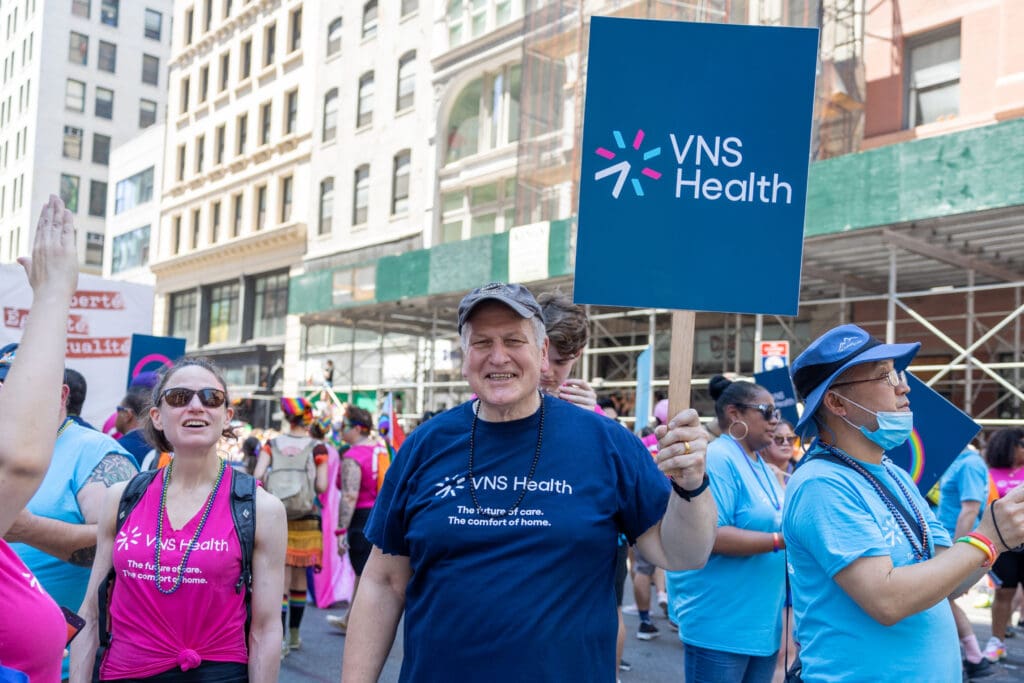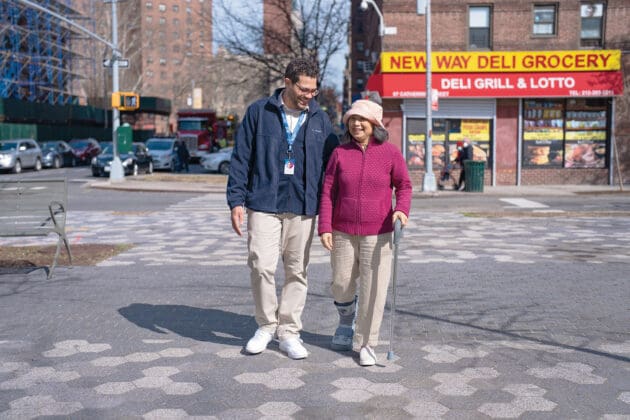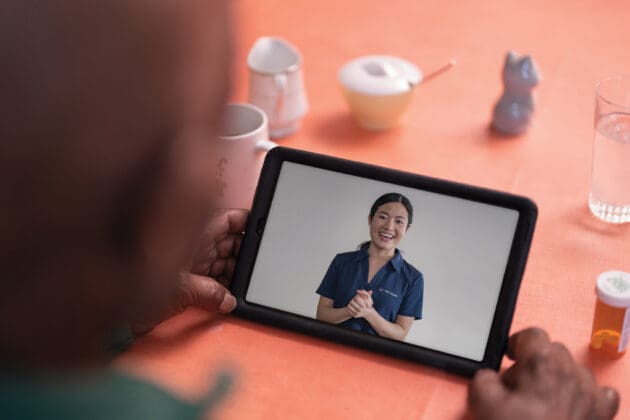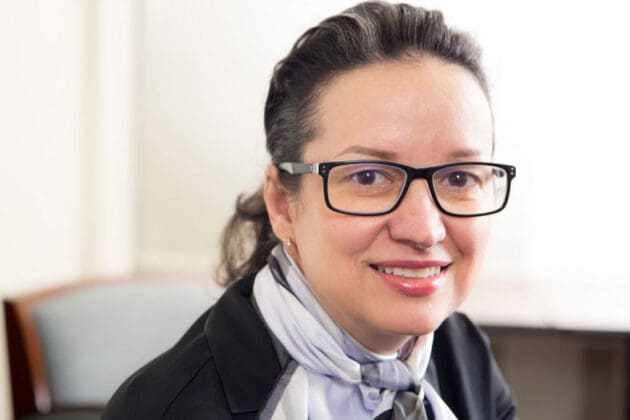
There is no life without loss and therefore no life without grief. There is no life without vulnerability and therefore no life without fear.
— Miriam Greenspan, Healing Through the Dark Emotions: The Wisdom of Grief, Fear, and Despair
Pride is about who you are, how you got here, and what you lost and found along the way. As I marched in the NYC Pride March this past weekend, I couldn’t help thinking about navigating loss and what it takes to move forward again. This Pride month falls in the third year of the global pandemic that has dealt us all so much loss. The LGBTQ+ Community is once again working to discover resources, qualities and systems that support us in living with grief and even growing from it. That is to say, resilience. It’s important for all of us to develop, understand and appreciate the building blocks that this resilience is built upon.
For the last three years, I’ve co-led a grief and loss support group for members of the LGBTQ+ community, working alongside my colleague Jean Metzker at VNS Health (formerly Visiting Nurse Service of New York). Jean is a longtime bereavement counselor and expert in the practice of mindfulness. She and I had been running several bereavement groups during the pandemic, often in partnership with VNS Health’s LGBTQ+ community partners who were overwhelmed with need for grief and behavioral health services. The focus in the beginning was on grief and loss from COVID, but we soon unlocked grief among LGBTQ+ people that reached far deeper into losses large and small over the course of their lives. As we learned during and after the AIDS epidemic, it’s difficult to anticipate the long-term effects of such trauma, and what factors might act as triggers in the future. Despite grief and loss conversations then and now, many traumatic loss and grief experiences can be formed over a lifetime of being LGBTQ+.
From our experiences with the long-running, tight-knit group, Jean and I sat down recently to talk about what we’ve learned about resilience and how the group’s insights and experiences might help other people, whether LGBTQ+ or not, build resilience over time. Here are some excerpts of our conversation, beginning with how we define resilience:
Jean Metzker: I think resilience has to do with being able to get some perspective on your struggle, to find some peace on the inside no matter what’s going on the outside. That’s my goal in the group, to help people find peace and calm amidst the fray, amidst the fight. I see it working. Over time, people are able to step into situations without the judgments they may have had in the past, before they gained that awareness of how to find peace in themselves. For the LGBTQ community, the idea of resilience can start early in life, having to summon the inner strength to come out, often again and again.
Arthur Fitting: It happens every day. It happens every minute. Every day we think, who can we come out to today? Is this person safe?
JM: The fight is never over. The important thing is to find a reservoir of peace inside.
AF: I think of us as identifying resilience as a muscle, and the bereavement group is the gym people go to so they can build that muscle, build their resilience. I think LGBTQ+ people have historically felt the weight of not being resilient, of feeling they lack coping skills, which can drive people to drug use, alcoholism, or other harmful behaviors. Because they can’t find that space for peace and openness. Resilience is not a monolithic thing, and it’s not something you either have or you don’t. It’s a series of building blocks, and we’ve identified several tools to build those blocks.
Create a safe space
AF: Trust is a theme that runs really deep in the LGBTQ+ community. Trust, or lack of trust, means that behavioral health services have been historically hard for LGBTQ+ people to find. So, finding a safe space can be difficult, especially with all the limitations of the pandemic. I’ve heard from colleagues about one person so desperate for mental health care that he called a suicide hotline for support even thought he was not suicidal. One of our greatest observations from working with different groups is the grief experience is not linear.
JM: Our group shares really intimate things with each other, and they know everyone will keep it within the group. I’m not sure what it is exactly that makes everyone feel safe, but I think my gray hair has something to do with it. Why not feel safe with me? I’m a granny.
AF: That’s true, Jean. This is one of the few times that gray hair — is really an advantage.
Find role models
AF: In the LGBTQ+ community there is a tremendous lack of role models. If you go into a senior community in New York, there’s no acknowledgement of LGBTQ+ people. At senior centers, at skilled and assisted living communities, a lot of seniors feel they must go back into the closet. They fear judgment and isolation, and it happens right when they need support the most.
JM: Our group is wonderfully intergenerational, with several younger people in their thirties and several who are older, even older than me. Both age groups have learned a lot from each other, and each support the other in their loss.
AF: It’s helpful for the younger people in the group to identify who is a safe role model. How does someone who’s gay express their grief as opposed to someone who’s not gay? The younger people can see that the older people have experienced some of the things they are experiencing now and have gotten through it. One of the biggest concerns gay people have in their grief — and often in life in general — is finding others who they can identify with. They worry they will make others uncomfortable.
Bring your authentic self
JM: It goes both ways, that trust with someone older or younger, with some shared life experience who isn’t offended by their language or their stories. They get to say what they need to say in whatever way they need to express it. They get to be authentic.
AF: We hear a lot in the group about how people have fought throughout their lives to live authentically, to come out again and again — it’s something a gay person goes through a lot during the course of the day. But in this group, as they talk about their experiences, practice mindfulness that Jean leads them through, and learn what other people need to be supported, they are coming out, too. Coming out not only as LGBTQ+, but as their authentic selves, with their lived experiences. It’s fascinating to watch how people start to share parts of their lives and which parts they share.
JM: A colleague asked me the other day, why are these people still coming, after all these years? There’s something about this group that needs to come together. One person lost a partner many years ago and took this long to say to the group, ‘I finally see that they’re not coming back.’ Grief has no timetable, and neither does resilience. We need to be here for those moments — together.


